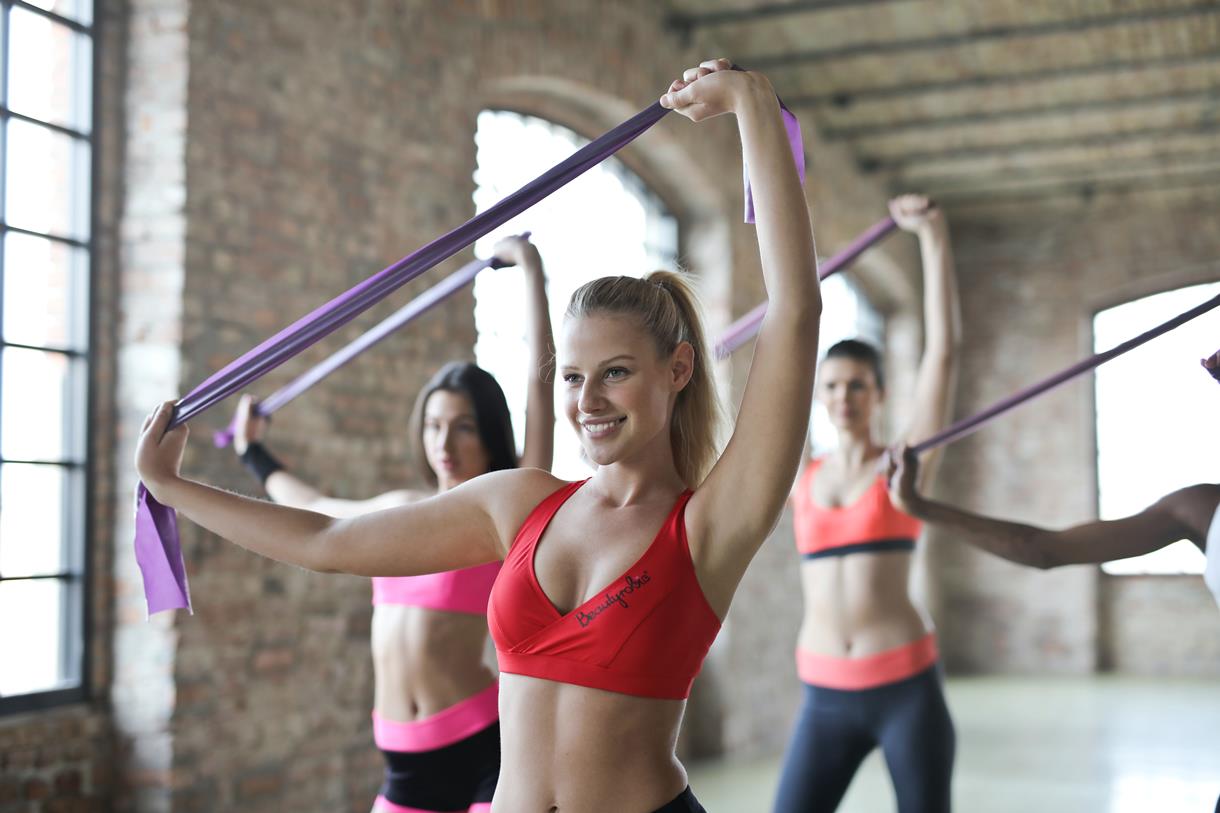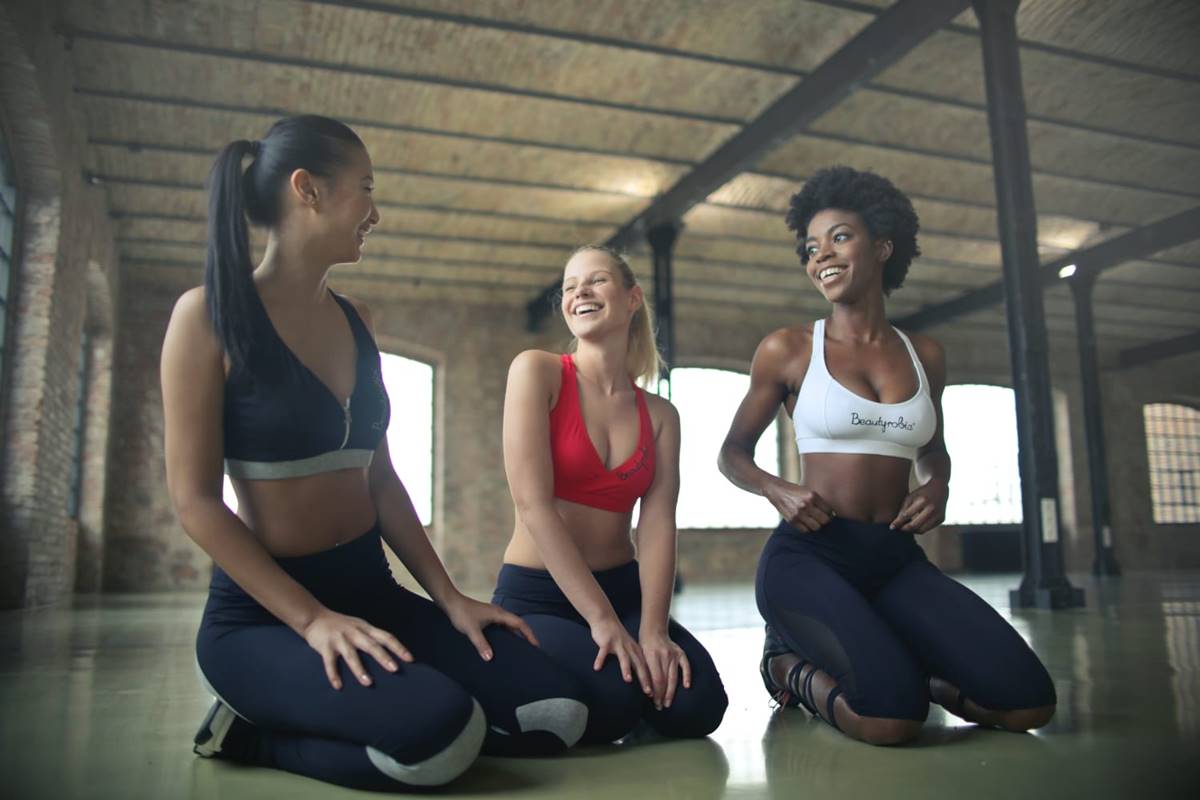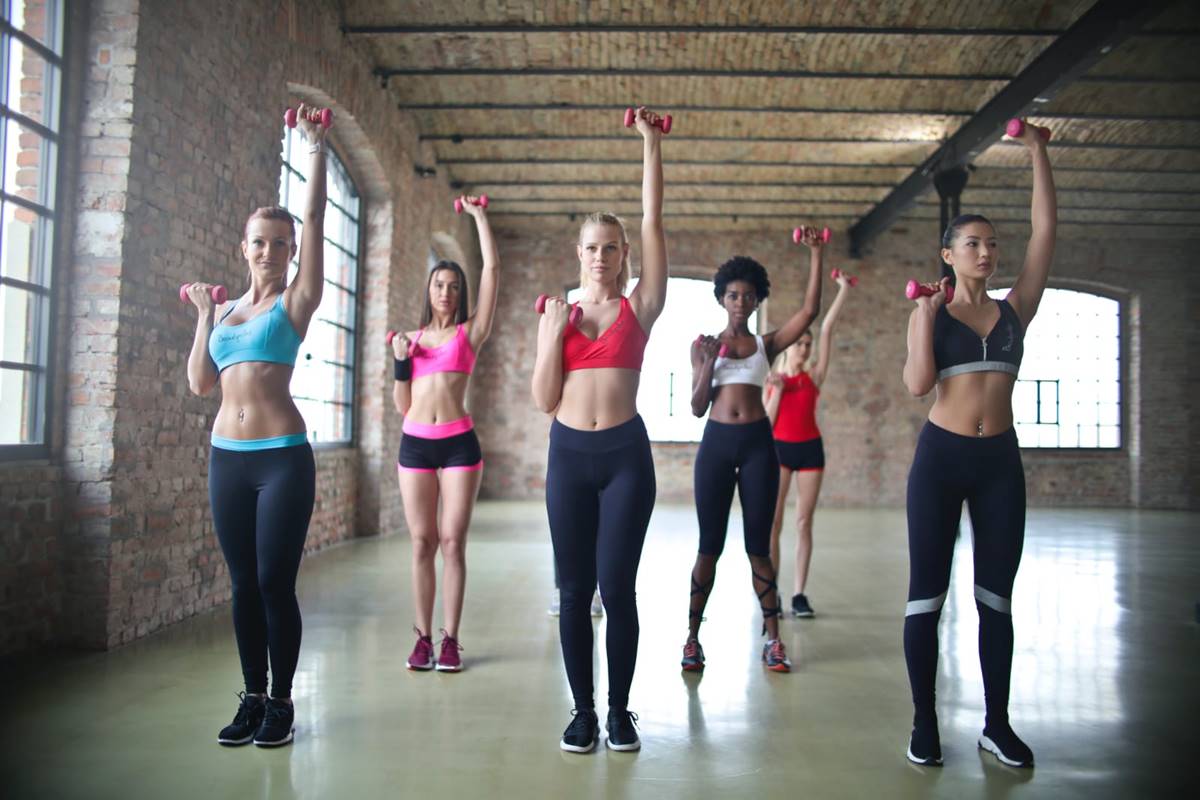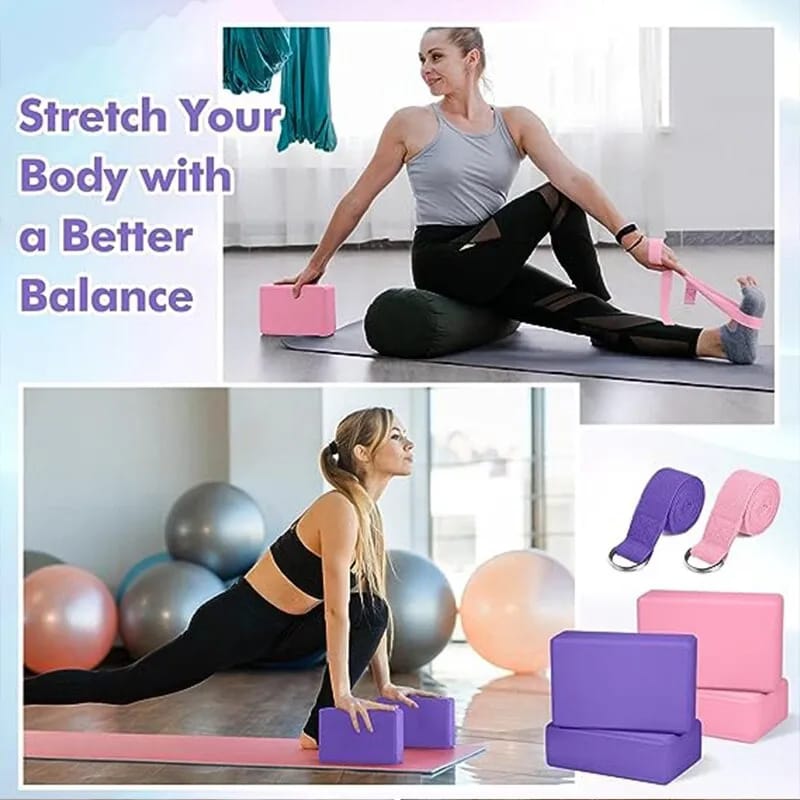About Us
The Movements of Life
Who we are and our mission
The Movements of Life is a phrase that emphasizes the importance of incorporating physical activities and healthy lifestyles into our daily routines. It underscores the idea that movement is essential for overall health, vitality, and well-being.
Key Components of The Movements of Life:
- Physical Activity: Regular physical activity is crucial for maintaining optimal health and preventing chronic diseases. Engaging in activities such as walking, jogging, swimming, cycling, dancing, or practicing yoga helps improve cardiovascular health, strengthen muscles and bones, and enhance flexibility and mobility.
- Variety and Enjoyment: The Movements of Life encourage a diverse range of physical activities that suit individual preferences, interests, and fitness levels. It's important to find activities that you enjoy and that bring you pleasure, whether it's hiking in nature, playing team sports, attending group fitness classes, or gardening in your backyard.
- Balance and Moderation: Balance is key to "The Movements of Life." It's essential to strike a balance between different types of physical activities, incorporating elements of cardio, strength training, flexibility, and relaxation into your routine. Moderation is also important to prevent overexertion and injury while still challenging yourself to grow and improve.
- Lifestyle Choices: The Movements of Life encompass more than just physical activities; they also encompass healthy lifestyle choices such as nutritious eating, adequate hydration, sufficient sleep, stress management, and mindfulness practices. These lifestyle factors play a crucial role in supporting overall health and well-being.
- Social Connection: Engaging in physical activities can also foster social connections and community involvement. Whether it's joining a sports team, participating in group fitness classes, or going for walks with friends, social interactions add richness and enjoyment to our movement practices.
- Mind-Body Connection: The Movements of Life recognize the interconnectedness of the mind and body. Physical activities not only strengthen the body but also uplift the spirit, boost mood, reduce stress, and enhance mental clarity and focus. Cultivating a mind-body connection through movement promotes holistic well-being and vitality.
- Lifelong Learning and Growth: The Movements of Life encourage a mindset of lifelong learning and growth. Explore new activities, challenge yourself to step out of your comfort zone, and embrace opportunities for personal development and self-discovery through movement.
By embracing The Movements of Life and prioritizing physical activities and healthy lifestyles, we can enhance our quality of life, promote longevity, and experience greater joy, vitality, and fulfillment in our daily lives.
The Movements of Life is a concept that underscores the significance of physical activity, healthy living, and overall well-being throughout our lifespan. It emphasizes the dynamic nature of life and the importance of incorporating movement into our daily routines to promote optimal health, vitality, and longevity.
Key Aspects of The Movements of Life:
- Physical Activity: The Movements of Life highlight the central role of physical activity in maintaining health and well-being. It encompasses a wide range of movements, from simple everyday activities like walking and gardening to more structured exercises such as yoga, swimming, cycling, and strength training.
- Functional Movement: Emphasizing functional movement patterns that support daily activities and enhance mobility, flexibility, and strength is central to "The Movements of Life." It focuses on movements that improve overall functionality and quality of life, making it easier to perform daily tasks and activities with ease and efficiency.
- Holistic Well-being: The Movements of Life promote a holistic approach to health and well-being that encompasses physical, mental, emotional, and spiritual dimensions. It recognizes the interconnectedness of these aspects and encourages practices that nurture overall wellness, including stress management, mindfulness, healthy nutrition, adequate sleep, and social connections.
- Lifelong Learning and Growth: The Movements of Life encourage continuous learning, exploration, and growth throughout life. It embraces the idea that movement is not only essential for physical health but also contributes to mental acuity, creativity, and personal development. Embracing new challenges, trying new activities, and stepping out of comfort zones are integral to this philosophy.
- Adaptability and Resilience: Recognizing that life is constantly changing, "The Movements of Life" emphasize adaptability and resilience in the face of challenges and transitions. It encourages flexibility in our approach to movement and lifestyle choices, allowing for adjustments and modifications as needed to accommodate evolving needs and circumstances.
- Connection to Nature: The Movements of Life acknowledge the inherent connection between human beings and the natural world. It encourages outdoor activities, nature walks, and other forms of movement that allow us to reconnect with the earth, breathe fresh air, and appreciate the beauty and abundance of the natural environment.
- Joy and Fulfillment: Ultimately, The Movements of Life are about finding joy, fulfillment, and purpose in our daily movements and experiences. It encourages a mindful and intentional approach to movement, where each moment becomes an opportunity to cultivate gratitude, presence, and appreciation for the gift of life.
By embracing The Movements of Life and integrating movement, health, and well-being into our daily lives, we can enhance our overall quality of life, experience greater vitality, and thrive at every stage of our journey.
YOGA
Yoga Classes
Yoga is a fantastic choice to include in your offerings, as it has numerous benefits for both the body and mind.
Including yoga aligns well with the broader trend of people seeking holistic approaches to health and well-being. It's a versatile practice that can cater to a diverse audience, promoting not only physical fitness but also mental and emotional wellness.
Consider offering a range of online classes that cater to different levels and interests within the realm of yoga.
Online Pilates Classes
PILATES
Pilates is a form of exercise that focuses on core strength, flexibility, and overall body awareness.
Developed by Joseph Pilates, it has gained popularity for its emphasis on controlled movements and mindful breathing.
Incorporating Pilates into your offerings at The Movements of Life can provide your clients with a well-rounded fitness experience that complements other activities like yoga and fitness training.
It's particularly beneficial for those looking to enhance core strength, improve flexibility, and achieve overall body balance.
Online Fitness Classes
Fitness
Fitness can encompass a wide range of activities, each offering unique benefits. Common fitness modalities include cardiovascular exercises, strength training, high-intensity interval training (HIIT), and more.
The effectiveness of a fitness modality depends on individual goals, preferences, and physical condition. A well-rounded fitness program often includes a mix of different activities to address various aspects of health and wellness.
It's essential to choose activities that align with personal goals and preferences to create a sustainable and enjoyable fitness routine.
Additionally, variety in workouts can prevent boredom, reduce the risk of overuse injuries, and provide a more comprehensive approach to fitness.
Remember that the key to long-term fitness success is finding activities that you enjoy and that fit into your lifestyle.
A well-rounded fitness routine should be sustainable, enjoyable, and adapted to individual needs and goals.
Online Workout Classes
Yoga and Pilates Online Classes
Yoga and Pilates classes offer unique approaches to physical fitness and well-being.
Yoga originated in ancient India and has a holistic approach that combines physical postures asanas, breath control pranayama, meditation, and ethical principles.
It aims to achieve a harmonious union of the mind, body, and spirit.
Hatha Yoga
Hatha Yoga - A general term that includes most yoga styles, Hatha classes are typically slower-paced and focus on basic postures, making them suitable for beginners.
Vinyasa Yoga
Vinyasa Flow Yoga - Involves a dynamic sequence of poses synchronized with breath, creating a flowing and continuous movement.
Iyengar Yoga
Iyengar Yoga - Emphasizes precision and alignment in poses, often using props like blocks and straps.
Ashtanga Yoga
Ashtanga Yoga - A physically demanding practice that follows a specific sequence of postures and is characterized by dynamic movements and controlled breathing.
Yoga Classes
Effectiveness of Yoga Classes
Yoga classes are highly effective for reducing stress and promoting relaxation.
The combination of physical postures, breath control, and mindfulness techniques helps calm the mind and reduce the body's stress response.
Flexibility and Mobility - Regular yoga practice can significantly enhance flexibility and joint mobility. As individuals progress in their practice, they can achieve a greater range of motion in their muscles and joints.
Strength and Toning - While not as intense as weightlifting, yoga can improve muscle strength, particularly in the core, legs, and upper body.
Poses like Chaturanga Dandasana and Plank require significant upper body strength.
Balance and Coordination - Many yoga poses challenge balance and coordination.
Practicing standing balances like Tree Pose or Warrior III can improve these skills.
Posture Improvement - Yoga emphasizes proper alignment and body awareness, which can lead to better posture in daily life.
Mind-Body Connection - The focus on the mind-body connection fosters self-awareness, mental clarity, and emotional well-being.
This connection helps individuals make healthier choices and manage stress.
Pain Relief - Yoga can alleviate chronic pain conditions, such as lower back pain or arthritis, by improving flexibility and muscle strength.
Persistence of Yoga Classes
Consistency - The benefits of yoga are best realized through consistent practice. Attending classes regularly and maintaining a home practice can lead to long-term benefits.
Progression - Yoga offers a journey of self-improvement. Participants often find that they continue to discover new depths in their practice, making it an enduring pursuit.
Adaptability - Yoga can be adapted to suit various ages and fitness levels. As individuals age or face physical challenges, they can continue to practice modified forms of yoga.
Pilates Classes
Effectiveness of Pilates Classes
Core Strength - Pilates is highly effective for strengthening the core muscles, including the abdominals, lower back, and pelvic floor.
A strong core is essential for posture, stability, and overall body strength.
Flexibility and Toning - Pilates combines strength with flexibility, helping individuals achieve long, lean muscles. It promotes uniform muscle development.
Posture and Alignment - Pilates classes emphasize proper alignment, leading to improved posture and reduced strain on the spine.
Functional Strength - The controlled movements in Pilates target functional strength, aiding in everyday activities and preventing injury.
Injury Rehabilitation - Many physical therapists recommend Pilates for injury rehabilitation. It's particularly effective for addressing issues like back pain, joint problems, and muscle imbalances.
Persistence of Pilates Classes
Balanced Workouts - Pilates offers a well-rounded fitness experience. Regular practice provides an enduring fitness foundation that accommodates different fitness goals over time.
Injury Prevention - Consistent Pilates practice can prevent injuries by building a strong core, improving flexibility, and promoting correct movement patterns.
Long-Term Benefits - Participants often find that the benefits of Pilates, such as improved posture and core strength, continue to have a positive impact on their health and well-being as they age.
Pilates classes offer a range of exercises that can be modified to provide both beginners and advanced practitioners with challenging workouts.









